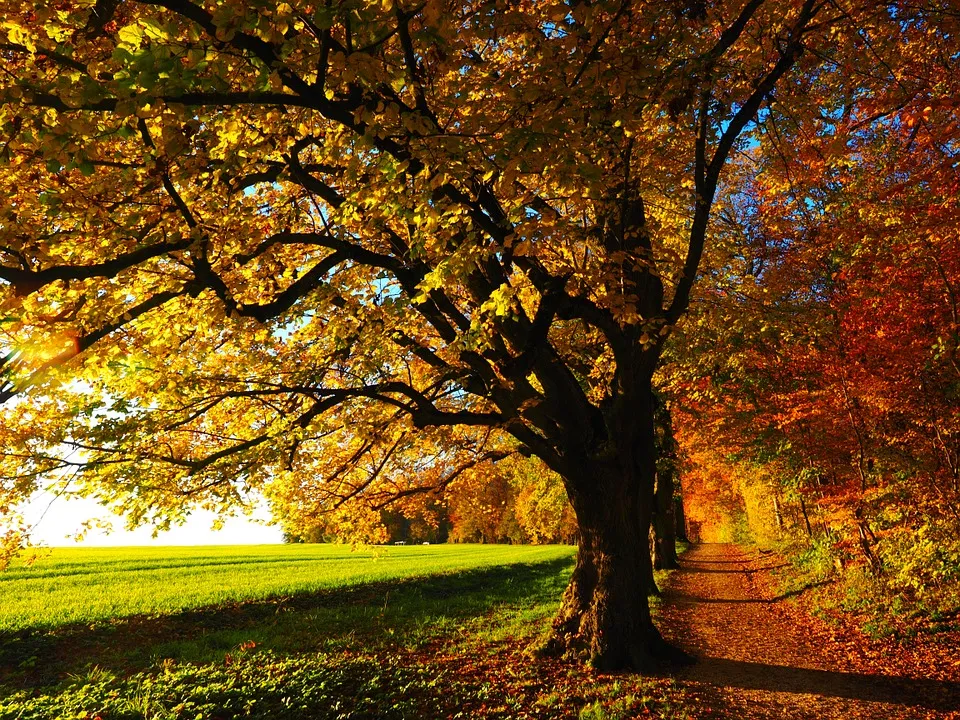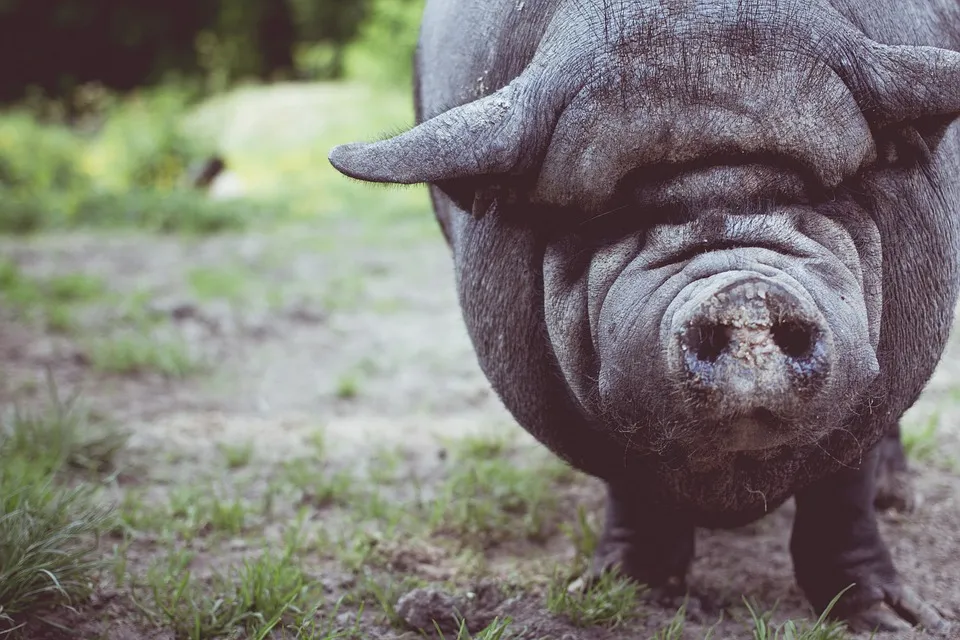Where two or more habitats meet, more abundant and varied interactions occur. Edge effects is the place where two ecosystems merging into one, and the resulting diversity and abundance of life. In this area of integration, there will not only be species of plants and animals from both two ecosystems, but also the addition of other species not in either ecosystem that adapted specifically to the edge. In permaculture we can utilize edges to create increased production by valuing the marginal.
Nature uses universal patterns to conserve energy, and all edges will follow these patterns. Spirals such as the golden ratio seen in a pinecone. Lobes bubble out of lichen like clumps of clouds. Scattering chaos of seeds catching the wind, creating random intermediate dispersal. The branching out of tree limbs or the many creeks flowing down to a river. The nesting growth of tree rings, building upon each other; and many other patterns are nature’s tools that permaculture will utilize.
There are many types of edges all of which create their own unique biospheres. Edges are everywhere. When a cleared open prairie land meets a forest. A river flows through them both to add another edge. As the river reaches the ocean the interactions of diverse species and plants accumulate, the resources and materials increase exponentially. Edges are energy traps.
Probably the most common edge in horticulture is a hedge. Used as a fence or boundary to keep unwanted herbivores out of the fields. The hedge is comprised of tall growing trees, large shrubs, vines, and berry bushes which all are great habitats for small birds and animals. The shade from the trees will help the soil underneath to be rich and fertile; their roots reaching deep into the earth touching the water table, breaking through compact soil. The microbial soil life thrives in these edges of abundance as does the plants and wildlife.
Another great way to utilize edges is by creating rows of orchards and crop fields with farm animals. Planting fruit trees along the edge of a field, and allowing hogs to live under the fruit trees, fertilizing them and keeping weeds out. Or growing mushrooms under the trees instead of having pigs. The complex interactions that take place along these rows will create a healthier ecosystem.
By taking advantage of the tools nature provides, these systems can be harnessed in a multitude of ways. Creating micro climates and new ecosystems with nature’s eye is taking advantage of what permaculture teaches. Living and walking a path that is connected and synergistic with the world is the goal.


